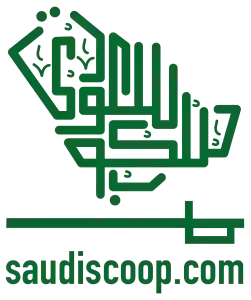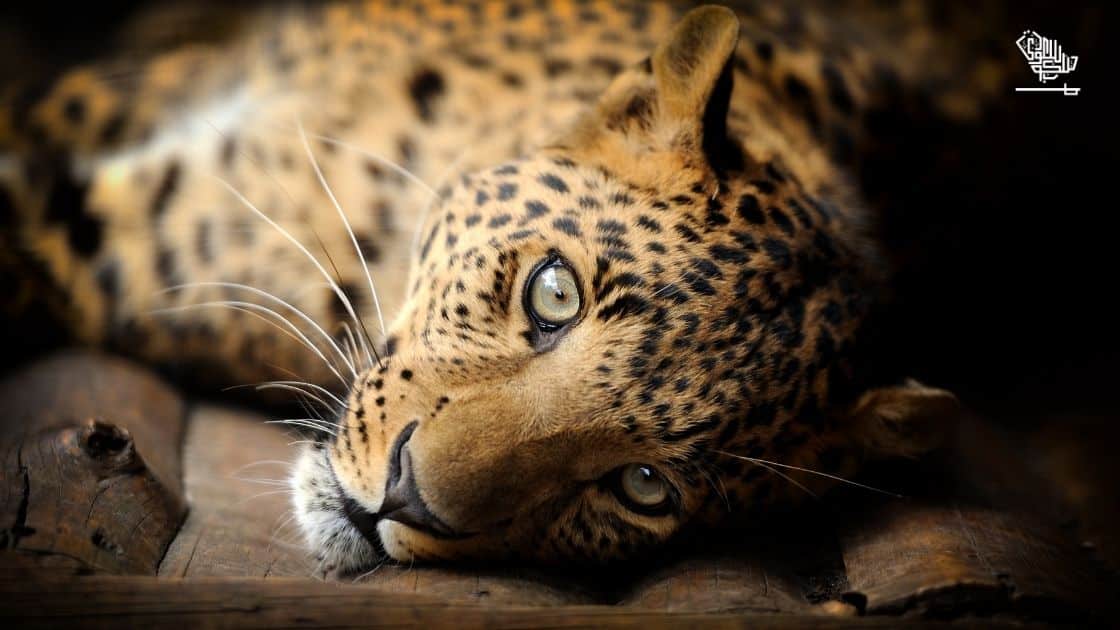Few places on earth match the magnitude of the drama of Jabal Abyad. Difficult to reach as it may be, it is an astonishing piece of Saudi geological history located northwest of Riyadh.
Jabal Abyad, the “White Mountain,” is the Kingdom’s tallest volcano at 6,867 feet (2,093 meters). Its cone-shaped appearance can make visitors mistake it for a snow-capped peak.
When viewed in just the right light and from a particular angle, Jabal Abyad often appears to the casual observer to be a snow-capped mountain.
Especially so when viewed from an airplane or in satellite imagery. The alabaster shade of its white crater and slopes appear particularly pronounced from that overhead perspective.
The illusion of snow-cloaked volcano shoulders and a cone occurs due to the white volcanic ash, a residue of silica-rich felsic lava called comendite.

A perch high on the Jabal Abyad gives an unobscured, unforgettable view of Jabal QidrIn with its black slopes. The stark contrasting Jabal Abyad is considered the Kingdom’s equivalent of Mount Fuji.
As a neighbor of Jabal Abyad and located within the same vast lava flow of Harrat Khaybar, the two peaks stand in the general surroundings of an unearthly, otherworldly, dimpled moonscape.
A chessboard of volcanoes, some black and others white, Harrat Khaybar is a stunning example of the earth’s majesty.
Visitors need strong wills to explore the dormant volcano as the terrain is challenging to cross and requires specialized equipment and vehicles. Past travelers believe that it is better to walk than suffer the agonizing bumpy ride.
The rugged terrain rewards those brave enough to visit with a peaceful and quiet experience, as there are few travelers along the way.
Rich in its mysteries, the peninsular geological History extends well beyond the black gold lying deep below its surface.
Science tells us of the violent, titanic forces of continental drift that have converged on the Peninsula for eons, resulting in spectacular geological formations.
Concurrent with convergence has been a recurrent stream of volcanic activity perforating the Arabian Plate in an observable pattern. A manifestation of Arabia’s volcanic past (and present) is the many lava fields, or “harrats” in Arabic.
The oldest among the “harrats,” or the lava fields, date from 15 to 30 million years ago; the youngest trace their origin from 10 million years ago to the Common Era.
Arrayed generally in a north-south direction in western Arabia in a rough alignment with the Red Sea coast, these boast a host of dormant volcanoes.
Any one of these volcanoes can awaken to a fire-breathing, smoke-and-lava-belching life with a scant warning at a moment’s notice. In the past 4,500 years, 13 eruptions have occurred, averaging once every 346 years.

The most recent eruption on the Arabian Peninsula was in 1937 in north Yemen. The most recent preceding eruption was in 1846 on a volcanic island in the Farasan group in the Red Sea. More eruptions will follow- today, tomorrow, and perhaps later, but certainly someday.
Mother Nature has her timetable on such matters, but this never deters determined geologists from unraveling Mother Nature’s secrets.
Visitors can view the Dramatic evidence of the earth’s molten fury assaulting the Kingdom’s landscape in the two large lava flows located within easy driving distance from the Holy City of Madinah.
Eighty miles to the north lies the Harrat Khaybar, whose most recently recorded eruption episode dates from the 7th century CE, as mentioned above.
East of Madinah lies the northernmost reaches of Saudi Arabia’s most extensive lava field, Harrat Rahat, stretching 180 miles southward to the suburbs of Jeddah.
Volcanic vents, shield volcanoes, dozens of domes, and hundreds of basaltic cinder cones mark the two lava fields. The 13th century CE witnessed Harrat Rahat’s best-known recorded volcanic eruption.
In History, on Monday, 26 June 1256 CE (Jumada-II 1, 654 AH), Madinah was startled by a loud, thunderous roar emanating from the Harrat Rahat. ‘
The blast announced a succession of tremors, followed by a powerful earthquake and an enormous volcanic eruption.
The night sky turned red, visible from Makkah, over 200 miles away. A 10-foot-thick, four-mile-wide river of red-blue lava spewed from a large fissure.
Advancing inevitably toward Madinah, the magma burned, obliterated, and buried everything in its path.
Everything green and growing disappeared. For over a month, smoke and ash covered the sun and moon. The eruption’s effects were seen as far away as Damascus, where the ash clouds eclipsed the moon.
The fiery stream neared Madinah, the caliph and faithful assembled at the Prophet’s Mosque, imploring Allah to save them. The prayers of the faithful to Allah were heard, and the lava flow, a mere two-and-a-half miles away from Madinah, suddenly veered north, sparing the mosque and the people at the last possible moment.
Eighty miles north of Madinah lies Harrat Khaybar, home to Jabal Abyad, the “White Mountain.” Abyad, meaning white in Arabic, is one of the Seven Natural Wonders of Arabia.
The Jabal Bayda, also translatable as “White Mountain,” translates as white in Arabic, but the word’s feminine form is Jabal Qidr, the black Mount Fuji of Arabia.
Access to Jabal Abyad is difficult and requires the correct equipment and physical fitness. However, the experience is gratifying as there are fewer visitors to contend with. The difficulty and more irregular visitors have resulted in a smaller footprint of human impact on the environment.
Read: Visiting Umluj: The Best Decision You Can Make
Jabal Abyad is remote and dangerous, with fields of knife-like rocks that can inflict considerable damage on the ill-prepared.

Signs of ancient neolithic life are scattered everywhere among the lava fields, including sites where the ancients once picked Obsidian from the white volcanoes, prized for its use as cutting tools and weapons.
Traces of numerous stone structures remain of mysterious stone circles comparable with those of England and formations that once served as traps for capturing or containing animals.
Stone structures were also believed to have once served as burial sites. Bedouins refer to these prehistoric inhabitants as “the rock people. ” They left behind abundant examples of rock art.
Traces of these rock people’s presence in today’s inhospitable clime speak volumes about how this region was once green, flourishing, and watered, supporting all animal and human life.
Today, only the toughest desert fauna and the most resilient desert flora survive in the current conditions.
The most notable and noble of survivors are the Bedouins, who have proven themselves capable of enduring almost anything throughout the ages.




